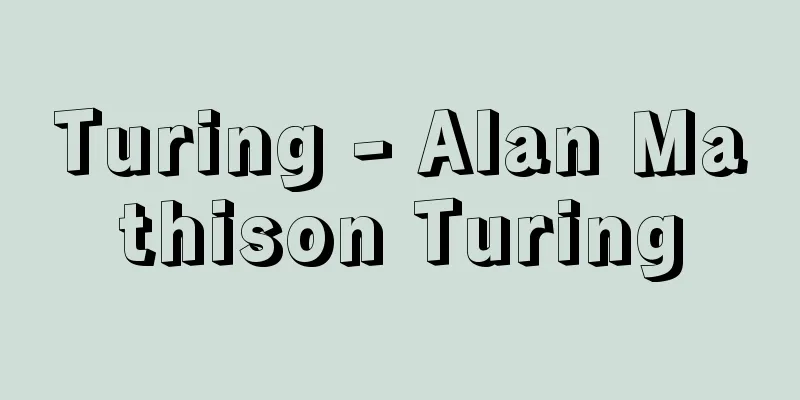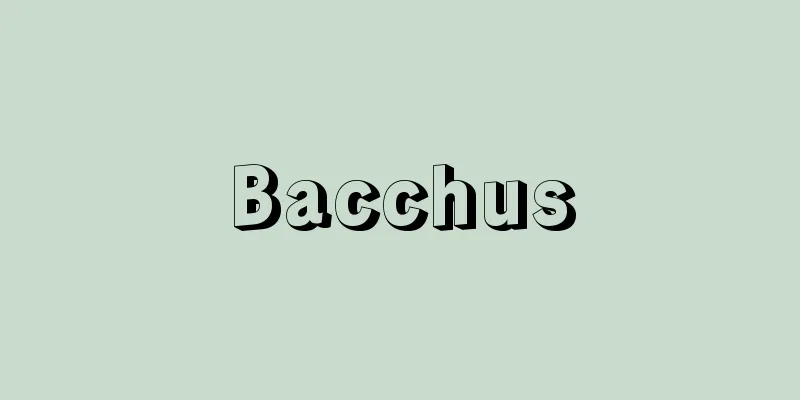Toshiaki Honda

|
A pioneer of modern practical learning who systematized Dutch natural science and various economic theories in the late Edo period. His father was the ronin Honda Ihei, and he was born in a farming village in Kanbara County, Echigo Province (Niigata Prefecture). He was commonly known as Saburouemon, and his pen names were Hokui and Rodonsai. He loved mathematics from an early age, and at the age of 18 he went to Edo to study Seki-ryu arithmetic and Nakane Genkei's (1662-1733) astronomy and calendar studies. At the age of 24, he opened a school for mathematics, astronomy, geography, and surveying in Otowa, Edo (he was also known as Otowa Sensei). Apart from serving the Kaga Domain for a time, he lived the life of a ronin. He respected Arai Hakuseki, and honed his knowledge of Dutch studies under the guidance of Yamamura Saisuke, Shiba Kokan, and Komiyama Fuken (Masahide), believing that Western physics was the true science. He visited Oshu during the famine in 1787 (Tenmei 7), traveled to eastern Ezo in 1801 (Kyowa 1), and experienced the tense northern issues, directly experiencing the times, and left behind over 70 works, including "Keisei Hisaku," "Seiki Monogatari," "Ezo Michishirube," and "Tokai Nikki." He believed that population growth was the "Principle of Heaven" and advocated "Nature as a cure" as a solution, and in particular, he considered the development of Ezo to be an urgent task, as well as government-run transoceanic trade. He is buried at Otowa Keirinji Temple in Tokyo. [Tetsuo Suenaka July 19, 2016] "Eijiro Honjo's annotated commentary on 'The Modern Social and Economic Theory Series: Honda Toshiaki Collection' (1935, Seibundo Shinkosha)" ▽ "Tsukaya Akihiro's annotated commentary on 'The Japanese Thought Series 44: Honda Toshiaki and Kaiho Seiryo' (1970, Iwanami Shoten)" ▽ "Donald Keene's 'The Japanese Discovery of the West' (Chuko Bunko), translated by Haga Toru" [References] | | | | | |Source: Shogakukan Encyclopedia Nipponica About Encyclopedia Nipponica Information | Legend |
|
江戸後期の蘭学(らんがく)系自然科学と多様な経済論を体系化した近代実学の先駆をなす経世学者。浪人本多伊兵衛を父とし、越後(えちご)国(新潟県)蒲原(かんばら)郡の農村に生まれる。通称三郎右衛門(さぶろうえもん)、号は北夷(ほくい)・魯鈍斎(ろどんさい)。幼時から算学を好み、18歳のとき江戸に出て関(せき)流算法と中根元圭(なかねげんけい)(1662―1733)流天文暦学を修め、24歳のとき算学・天文・地理・測量の塾を江戸音羽(おとわ)に開いた(音羽先生の異名がある)。一時加賀藩に仕えたほかは浪人生活を送った。新井白石(あらいはくせき)を尊敬、山村才助、司馬江漢(しばこうかん)、小宮山楓軒(こみやまふうけん)(昌秀)らの指導を受けて蘭学知識を磨き、西洋の窮理学(きゅうりがく)(物理学)こそ真の学問と考えた。1787年(天明7)飢饉(ききん)の奥州を視察、1801年(享和1)東蝦夷(えぞ)地へ渡航、緊迫する北方問題を体験するなど時勢を直接に受けとめ、『経世秘策』『西域(せいいき)物語』や『蝦夷道知辺(みちしるべ)』『渡海日記』など70点余の著述を残した。人口増を「天理」ととらえ、救済策として「自然治道」を説き、とくに蝦夷地開発に加え、官営渡海交易を急務とした。東京・音羽桂林(けいりん)寺に眠る。 [末中哲夫 2016年7月19日] 『本庄栄治郎解題『近世社会経済学説大系 本多利明集』(1935・誠文堂新光社)』▽『塚谷晃弘校注『日本思想大系44 本多利明・海保青陵』(1970・岩波書店)』▽『ドナルド・キーン著、芳賀徹訳『日本人の西洋発見』(中公文庫)』 [参照項目] | | | | | |出典 小学館 日本大百科全書(ニッポニカ)日本大百科全書(ニッポニカ)について 情報 | 凡例 |
<<: Pont-Aven faction - Pont-Aven is
Recommend
Tsuchizaki
A port town in Akita County, Dewa Province, locate...
Locustella ochotensis (English spelling) Locustella ochotensis
…[Higuchi Hiroyoshi]. … *Some of the terminology ...
Compulsory mediation
Mediation by the Labor Relations Commission is in...
Civil Engineering Change - Doboku no Hen
This is an incident in which Emperor Zhengtong of...
Penni, GF (English spelling) PenniGF
… [The birth of Mannerism] Regarding the origins ...
Jateorhiza macrantha (English spelling) Jateorhizamacrantha
…[Susumu Terabayashi] [Aya Nitta]. … *Some of the...
Gnathobdellida
…Freshwater and marine species are known, includi...
Serum albumin
…The term is derived from egg white, and is a gen...
Invalid
This was once a facility for wounded soldiers in P...
gildehus
…The Old Norse word gildi meant both a drinking p...
Willpower - Intention
Legally, the mental capacity to determine the mea...
Sugar Alcohol - Cane Alcohol
Also called glycitol or alditol. A general term f...
Rama (English spelling)
The protagonist of the great Indian epic poem, the...
EOKA - Eoka
Abbreviation for Ethniki Organosis Kypriakou Agono...
Battle of Philippi - Battle of Philippi
In October 42 BCE, a battle took place at Philippi...









